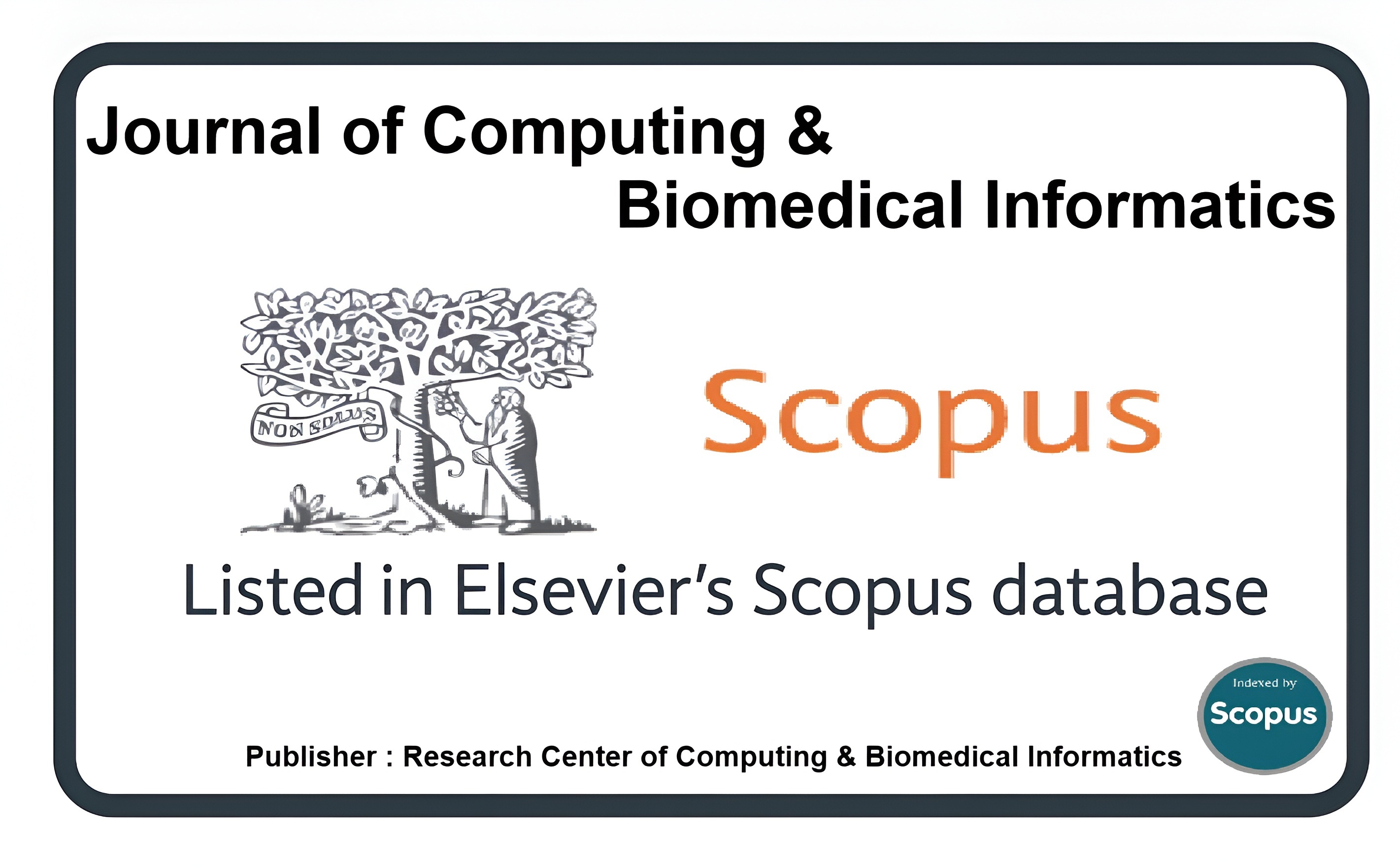Innovative Machine Learning Techniques for Malware Detection
Keywords:
Malware Detection, Ensemble Model, Ensemble Learning, Machine LearningAbstract
Malware hazards are becoming more perplexing with time, new types of malware are entering cyberspace and triggering millions of devices day by day. People could not restrain in this century to refrain from not using smart devices, and adopting technology, as this world is shifting into a smart world, and due to the COVID19 wave, more numbers of devices and systems were being adopted by the people. In viewing the need of the society and to save the cyber world we have to step into this war against cybercrimes and play our role to save this world by making such models that are efficient and effective against malware. Therefore, accordingly, machine learning techniques have become the main point for cybersecurity as they are most suitable for handling modern malware attacks. Moreover, machine algorithms can generalize and distinguish cyber threats to a great extent. We applied an ensemble model in which we have used different machine learning algorithms such as KNN, SVM, and LR, as first stage classifiers and voting classifiers as meta-learner classifiers to identify the complex and modern malware. We have applied hard voting in our ensemble model. We also discuss and evaluate the performance of every algorithm applied in the model. KNN shows the best results overall. The ensemble model provides us the best result than any individual used model. The output of testing proves that our proposed method is highly efficient and adaptive and gives better results than many other present techniques. We gain 99.7 % accuracy with F-score 99%. The running time of the model is also less. So this proposed detecting malware model could be easily implemented in smart IoT devices as well.
Downloads
Published
How to Cite
Issue
Section
License
This is an open Access Article published by Research Center of Computing & Biomedical Informatics (RCBI), Lahore, Pakistan under CCBY 4.0 International License





